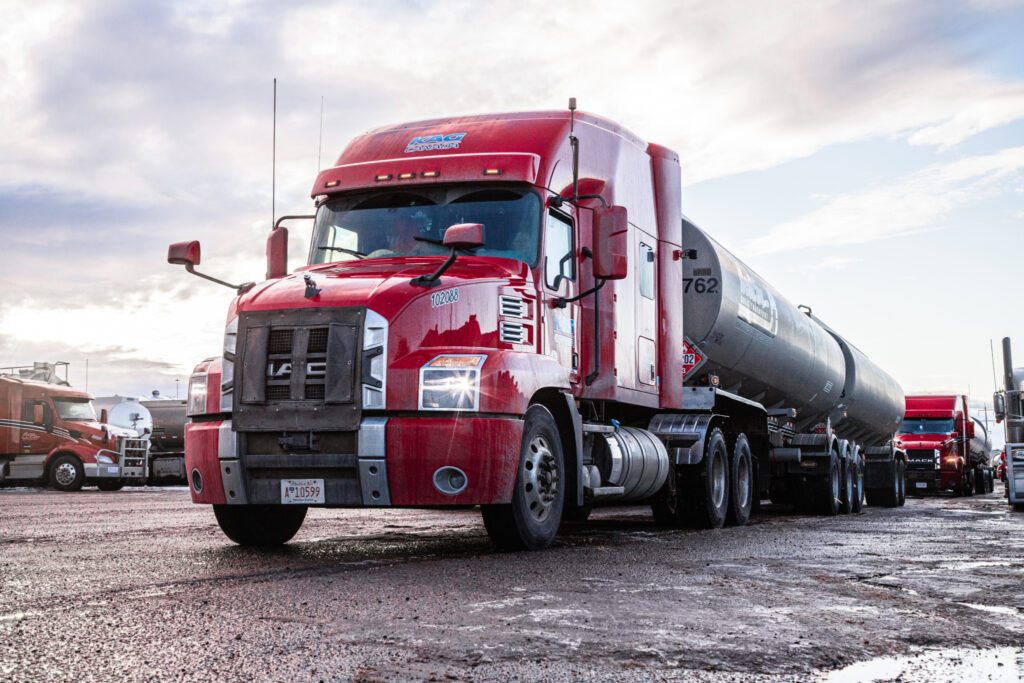As parts shortages abate, more challenges loom for fleets
The greatest of the pandemic-related supply chain challenges may be behind us, but that doesn’t mean it’s clear sailing for fleet maintenance managers.
“I don’t think we’re back to pre-pandemic levels yet,” said Kirk Altrichter, executive vice-president, fleet services with Kenan Advantage Group. “There are certain areas we’re still struggling with. Components for transmissions stand out for me and there are some other items we’re running into.”

He was speaking during a panel discussion at FTR’s Transportation Conference in Indianapolis.
Stacy Earnhardt, vice-president of asset management and specialized services at Best Logistics Group agreed the worst is in the past.
“I think most of it seems to be back to normal,” he said.
But while parts shortages have improved, other challenges have arisen.
“One think I have noticed is a little uptick in technician turnover,” Earnhardt said. “We weren’t used to that – we were pretty stable.”
Both companies have increased technician wages. Best Logistics has given technicians increases of $10 per hour over the past three years. Altrichter added “There’s a lot of competition and a lot of that is wage-driven.”
He said technicians have seen anywhere from $10 to $20 an hour in wage increases since the pandemic.
At the height of the supply chain crisis, both fleets had to get creative in how they secured parts.
“I remember chasing oil filters until 10 at night. When I finally found in them in Edmonton, Alta., I had to next day air them down to Texas,” Altrichter recalled. “There was a lot of commentary around electronic parts but it was everything from fifth wheels, shocks, to transmission components, ECMs – the gambit. From one week to the next it was chasing different issues.”
They also had to source trucks and parts from outside their traditional supplier circles, or even resort to buying used trucks which came with its own challenges.
“People who trade in at 300,000 miles maintain for 300,000 miles,” Earnhardt said. “You will expect to see EGR issues or clutches issues and those types of things. If I’m the buyer, I’m going to have to pay for that and that’s something you have to plan for.”
Best Logistics still has not caught up on its new truck purchases as OEMs continue to work through lengthy backlogs.
“What I ordered last year I’m still getting this year, with some pushed into next year,” Earnhardt said.
With those supply chain challenges improving, things won’t get easier for fleets with looming emissions standards that will eventually require zero emissions vehicles. Altrichter worries about the uncertainties around electric vehicles.
“If you look at a 50-truck terminal in California, that takes 4.3 megawatts to run that. There are brownouts during the summer. I don’t know how you get to the point with battery-electric vehicles and that doesn’t even consider that they’re 8,000 to 15,000 lb. heavier. Which customers want to sign up for that?” he asked.
Earnhardt agreed. “We don’t want to run from it,” he said of battery-electric trucks. “But at the same time we have the same concerns as everybody else. How is it going to come to fruition? The infrastructure does not match with what the rulemaking says it’s going to be. I don’t see how it’s ever going to work. In some applications it will work, but in just as many it doesn’t work.”
Have your say
This is a moderated forum. Comments will no longer be published unless they are accompanied by a first and last name and a verifiable email address. (Today's Trucking will not publish or share the email address.) Profane language and content deemed to be libelous, racist, or threatening in nature will not be published under any circumstances.